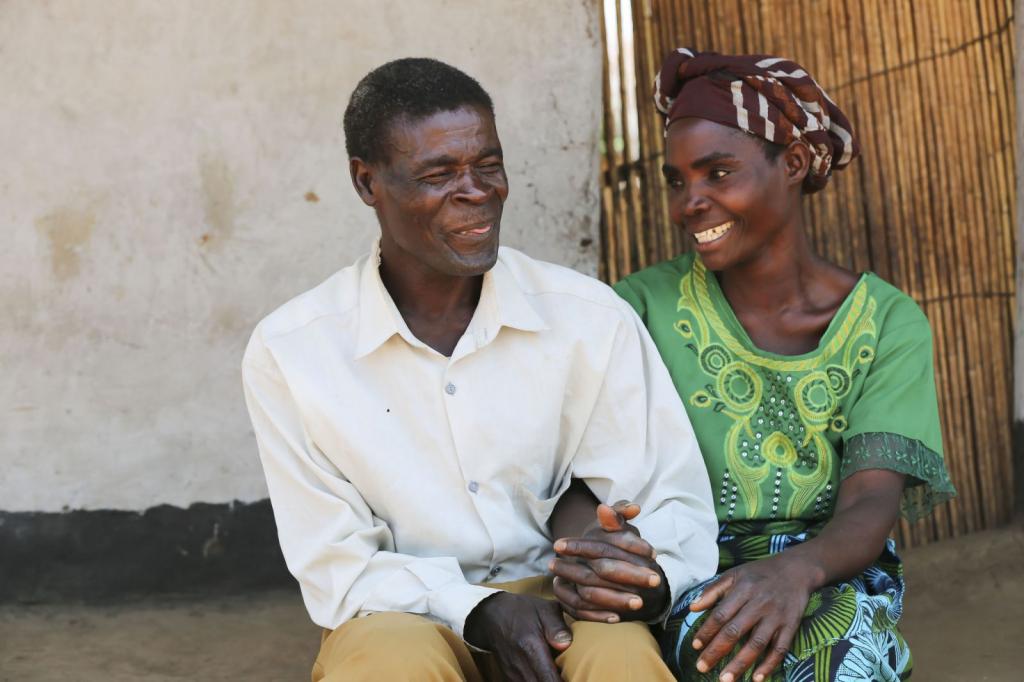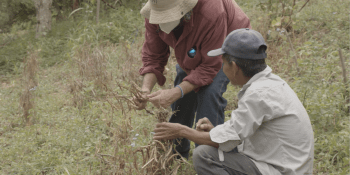Big Data is making big impact in agriculture
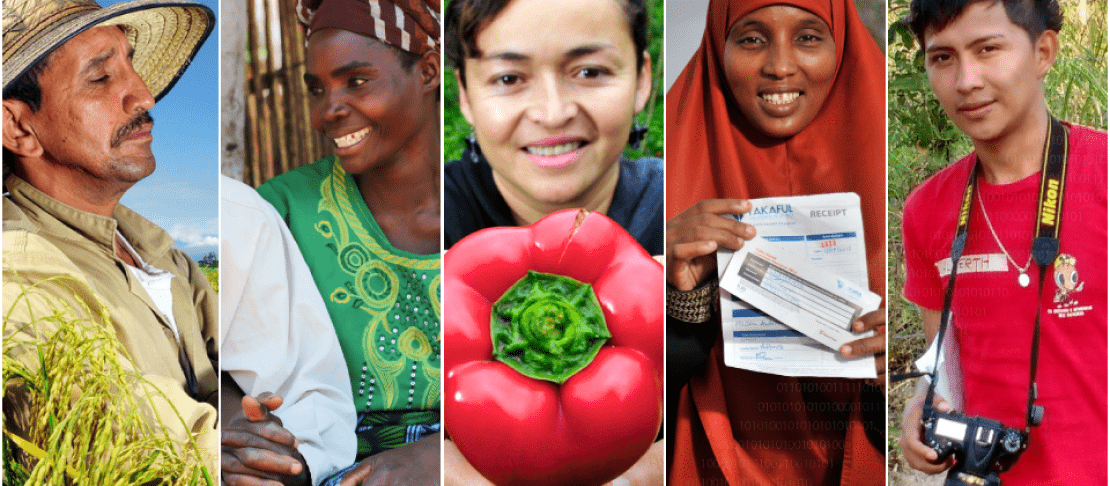
On World Telecommunication and Information Society Day, we highlight how CCAFS uses Big Data and ICTs for sustainable development.
The theme for World Telecommunication and Information Society Day (WTISD) in 2017 is "Big Data for Big Impact," focusing on the power of Big Data for development and aiming to explore how to turn imperfect, complex, often unstructured data into actionable information in a development context.
CCAFS has been working in Big Data through a number of innovations, getting insights that complement the evidence-based nature of decision-making process in agriculture at different scales, with big successes. Here are a set of stories that shows how Big Data and ICTs contribute to sustainable development.
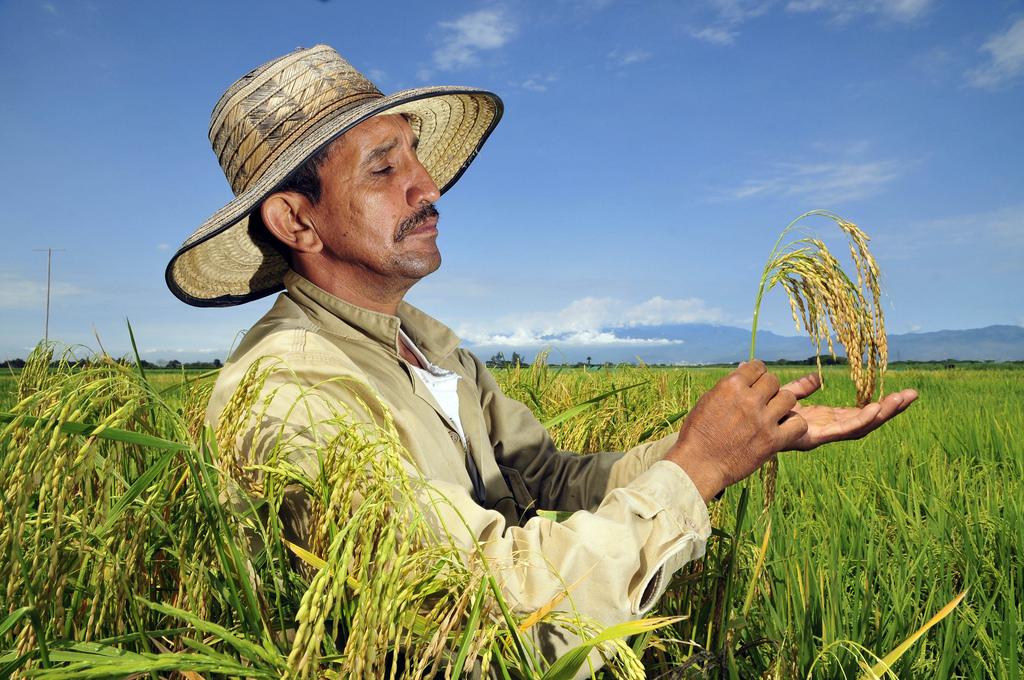 Cracking patterns in big data saves Colombian rice farmers’ huge losses
Cracking patterns in big data saves Colombian rice farmers’ huge losses
Colombian farmers have been hit hard by climate change, reducing rice yields over the last years. Researchers from the International Center for Tropical Agriculture (CIAT) analyzed 10 years of weather and crop data provided by the National Federation of Rice Growers (FEDEARROZ) and the Colombian Meteorological Agency (IDEAM), to understand how climatic variation impacts rice yields.
Research found that the difference in rice production is affected up to 35% by climate variability, and 20-10% is attributed to variations in the amount of sunlight during grain filling. The team then fed patterns in climate and yields into a computer model and predicted a drought, which led it to conclude that farmers in some regions could save themselves from crop failure by not planting at all. The farmers who took the advice avoided economic losses estimated at USD 1.7 million in drought-induced losses, and the project was awarded at the UN Big Data Climate Challenge.
Learn more about the CCAFS project ‘Big Data for climate-smart agriculture’
Can Big Data close the Gender data gap in Agriculture?
There is no dispute that, a huge gap exists with regards to gender data in agriculture and climate change. Despite the proliferation of new and exciting ways to collect data through various information sources including big data, gender data, which is often qualitative, muddled and unstructured, is still missing. This is affecting policy and other decision makers who desire to make use of gender data to inform development programs and gender responsive climate and agricultural policies. Therefore, how can we increase availability, access and use of big data on gender to ensure that women, youth and other socially and economically excluded groups of people are included?
Capacity building is needed for big data collectors and analysts to gain the skillset to enable them to sift through available information and make appropriate gender responsive informed decisions. The ability of Big data collectors and analysts to integrate and identify gender and sex-disaggregated data requires being both gender aware and gender transformative. By being gender aware and transformative, it will provide a deeper understanding of gender dimensions in climate change and agriculture. For example, the CCAFS project that is combining ICT and Big data principle to collect data on the appropriate climate smart technologies for a specific plot, region etc, can integrate gender variables such as sex, age, households, decision making, control and access to resources etc, thus providing gender responsive data on targeting of climate smart technologies.
Finding the connection between crop diversity and farm size
Scientists from the Australian Agency for Scientific Research (CSIRO) and including CCAFS's Flagship leader Dr. Philip Thornton among others, used large datasets of location-specific information on the production of a wide variety of crops, livestock and aquaculture products to estimate the production of the main vitamins and nutrients that we need for a balanced nutrition. They also used information on farm sizes to look at how different size farms contribute to the production of the various nutrients.
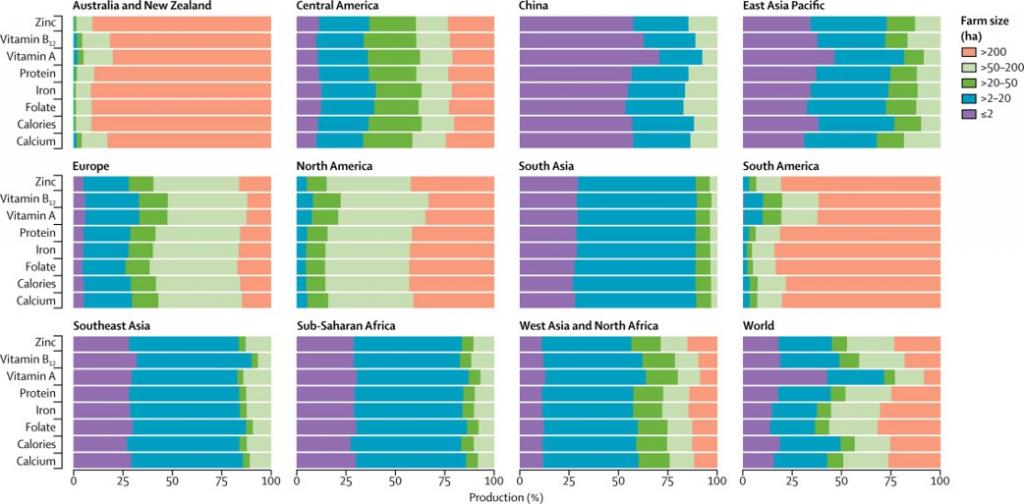
Figure 3 from the article shows the percentage production of various nutrients by farm size and region. Source: Herrero et al., 2017
The findings show large regional differences in the production of products and nutrients by farm size. The researchers also looked at the data by analyzing plot size (which correlates reasonably closely with farm size) and production diversity, and found that as plot size increases, agricultural diversity decreases.
Learn about more findings in the blog: To eat a rainbow, we need to grow a rainbow
Big data to improve index insurance products
 Weather index insurance enables farmers to insure their crops against weather risk in areas where traditional agricultural insurance is not available. CCAFS made strategic use of spatial weather, soil and crop management data together with regionally validated crop modelling work to identify critical rainfall thresholds for different crop growth stages. These thresholds were used in India to develop index insurance schemes, reaching more than 50,000 rain-fed farmers. Afterwards, using various scientific techniques to analyse crop-weather relationships, CCAFS developed new triggers, specific to different regions and crops, without increasing premiums and the government subsidy load. Maharashtra state has already adopted these new products, providing improved rainfall risk coverage to nearly one million farmers. Also, Nigeria’s government has made plans to support 14.5 million smallholders with ambitious and inclusive insurance schemes.
Weather index insurance enables farmers to insure their crops against weather risk in areas where traditional agricultural insurance is not available. CCAFS made strategic use of spatial weather, soil and crop management data together with regionally validated crop modelling work to identify critical rainfall thresholds for different crop growth stages. These thresholds were used in India to develop index insurance schemes, reaching more than 50,000 rain-fed farmers. Afterwards, using various scientific techniques to analyse crop-weather relationships, CCAFS developed new triggers, specific to different regions and crops, without increasing premiums and the government subsidy load. Maharashtra state has already adopted these new products, providing improved rainfall risk coverage to nearly one million farmers. Also, Nigeria’s government has made plans to support 14.5 million smallholders with ambitious and inclusive insurance schemes.
It will be difficult for an insurance program to scale to tens of millions if it still relies on face-to-face interaction to capture farmers’ input into product design, on expensive ground-based methods for claims settlements, or on individual spreadsheets to administer customer contracts. A conference held by CCAFS last Sunday in Bonn, explored what Big Data approaches offer for addressing these challenges. The overlay of meteorological datasets, remotely sensed crop and rangeland health, farm & agronomic survey data, customer preferences and supply chains leads to a much more nuanced approach to climate risk management, especially as databases develop over time.
More benefits of quality climate data and use of ICTs for agricultural development
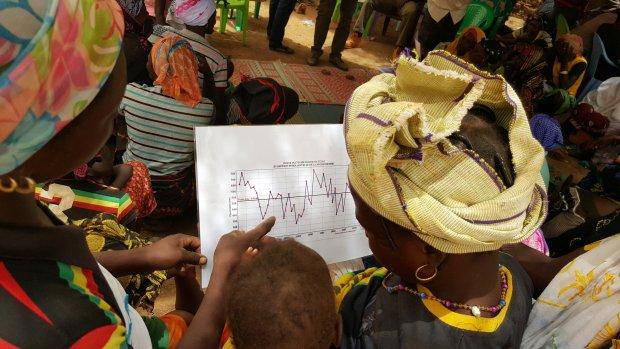 A security crisis in the northern half of Mali adversely affected climate data availability, particularly since 2012, which was further compounded by the low density of the weather station networks. To increase the availability and accessibility of quality climate data in the country, an initiative titled ‘Enhancing National Climate Services’ (ENACTS) was launched recently. The ENACTS initiative implementation in Mali will help achieve some key objectives, such as building the capacity of the National Meteorological and Hydrological Services (DNH) to provide timely and reliable climate information; easing the implementation of the Participatory Integrated Climate Services for Agriculture (PICSA) approach; and generating merged data which may be used for improved food security sub-national outlooks. Learn more about the ENACTS project in this blog: Quality climate data, the foundation of tomorrow’s climate services.
A security crisis in the northern half of Mali adversely affected climate data availability, particularly since 2012, which was further compounded by the low density of the weather station networks. To increase the availability and accessibility of quality climate data in the country, an initiative titled ‘Enhancing National Climate Services’ (ENACTS) was launched recently. The ENACTS initiative implementation in Mali will help achieve some key objectives, such as building the capacity of the National Meteorological and Hydrological Services (DNH) to provide timely and reliable climate information; easing the implementation of the Participatory Integrated Climate Services for Agriculture (PICSA) approach; and generating merged data which may be used for improved food security sub-national outlooks. Learn more about the ENACTS project in this blog: Quality climate data, the foundation of tomorrow’s climate services.
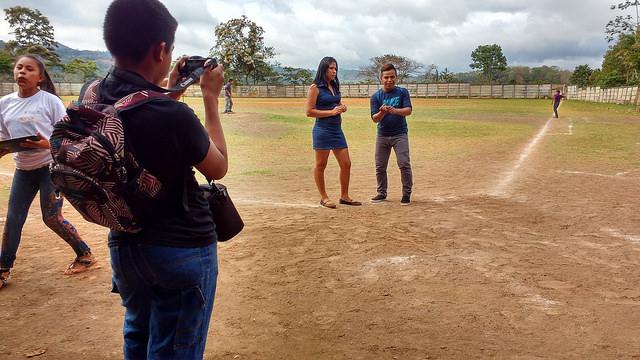 Participatory video (PV) is an approach that allows to identify the needs, hopes, and current knowledge of a community, resulting in the creation of climate change strategies that are adequately adapted to all layers of a heterogeneous community. CCAFS have been conducted a number of workshops on PV with young farmers of Central America: First in Somotillo, Nicaragua and afterwards a series of workshops in the climate-smart villages (CSV) of the region. This series of workshops was also an opportunity to link farmer's sons to the work that their parents are doing in the CSV, where, they have been learning about climate-smart practices and technologies. These actions, which seek to have a positive impact on the farmer's livelihoods, will only be sustainable in the long term if the new generations are also engaged in them from an early age. Learn more about the last PV workshops in this blog: Nicaragua: land of lakes, volcanoes and enthusiastic 'chavalos'.
Participatory video (PV) is an approach that allows to identify the needs, hopes, and current knowledge of a community, resulting in the creation of climate change strategies that are adequately adapted to all layers of a heterogeneous community. CCAFS have been conducted a number of workshops on PV with young farmers of Central America: First in Somotillo, Nicaragua and afterwards a series of workshops in the climate-smart villages (CSV) of the region. This series of workshops was also an opportunity to link farmer's sons to the work that their parents are doing in the CSV, where, they have been learning about climate-smart practices and technologies. These actions, which seek to have a positive impact on the farmer's livelihoods, will only be sustainable in the long term if the new generations are also engaged in them from an early age. Learn more about the last PV workshops in this blog: Nicaragua: land of lakes, volcanoes and enthusiastic 'chavalos'.
Following the ITU's call for action, we support international efforts on collaborative activities across all sectors and nations to measure and foster regional, cross-sector collaboration and multinational projects to foster innovation using Big Data and other ICTs, especially in young people, who will lead the future of our planet. Past Monday, CGIAR and its partners launched a new multimillion-dollar initiative plans to disrupt food production across the developing world, with the aim of making it more productive, efficient and resilient – all through the power of information. The disruption starts now!
Story edited by José Luis Urrea, Communications Officer for CCAFS Latin America.
With contributions from Dansira Dembele, Communications CCAFS West Africa Communications Officer and Mary Nyasimi, Gender and Social Inclusion Science Officer.

